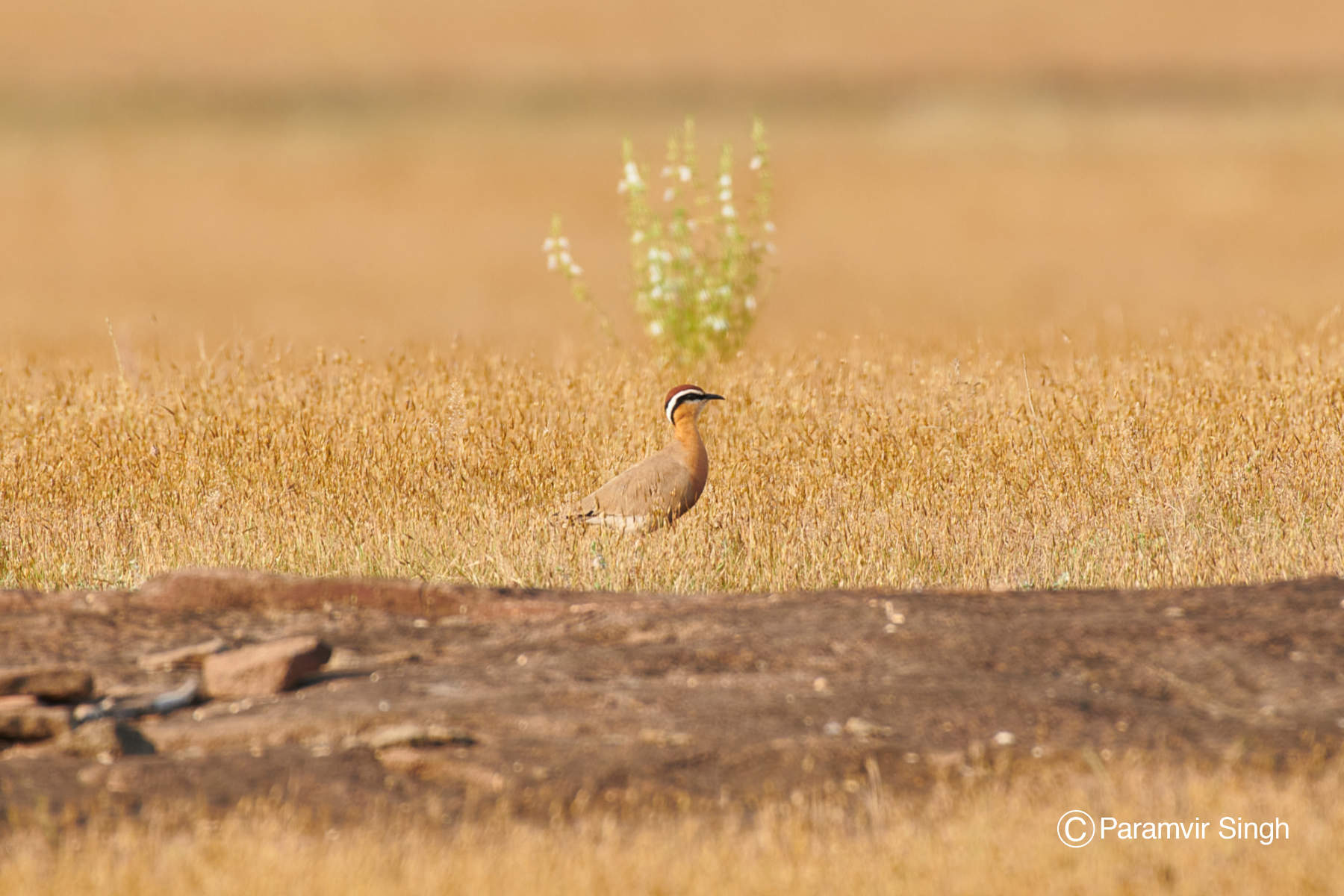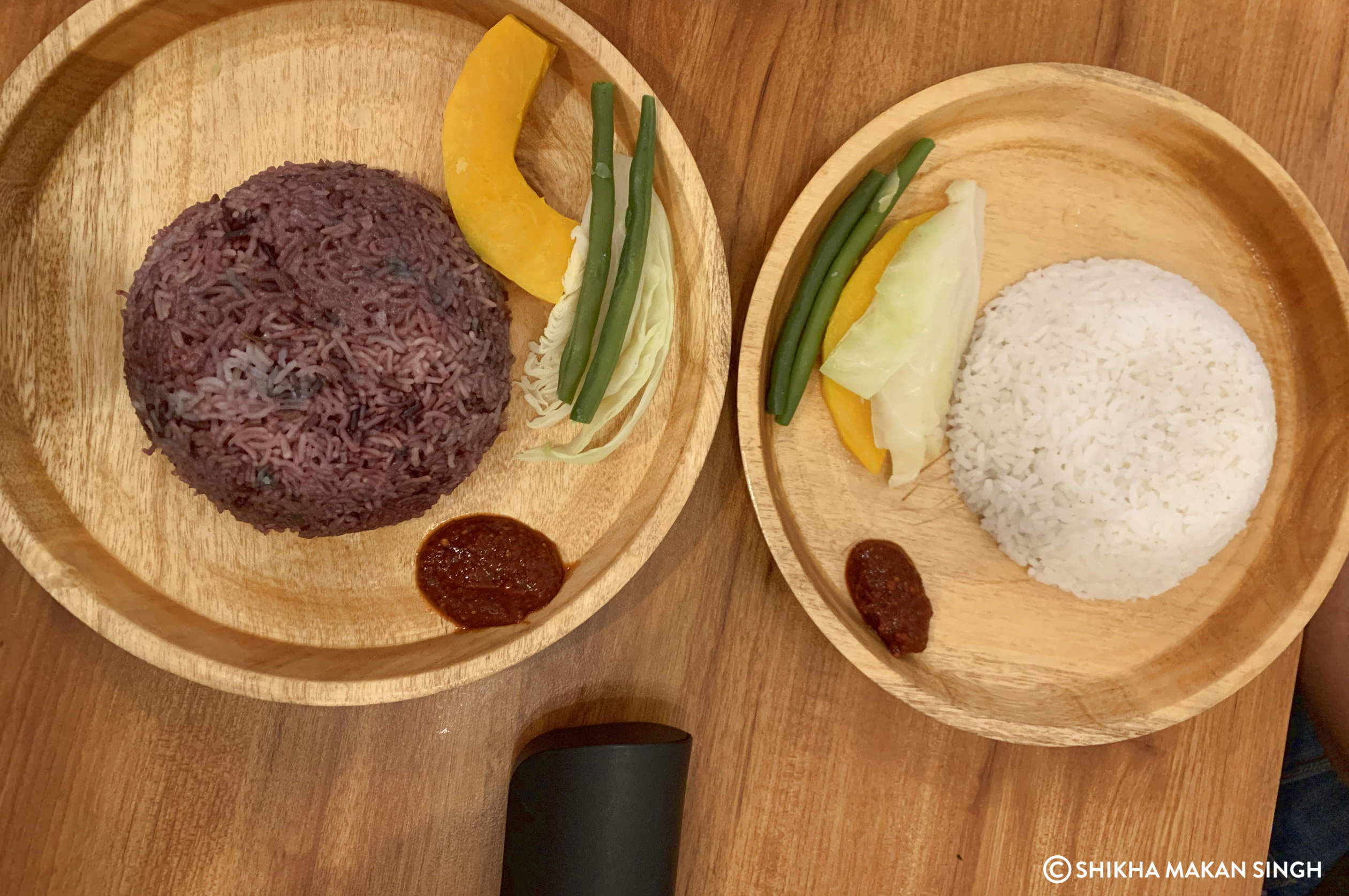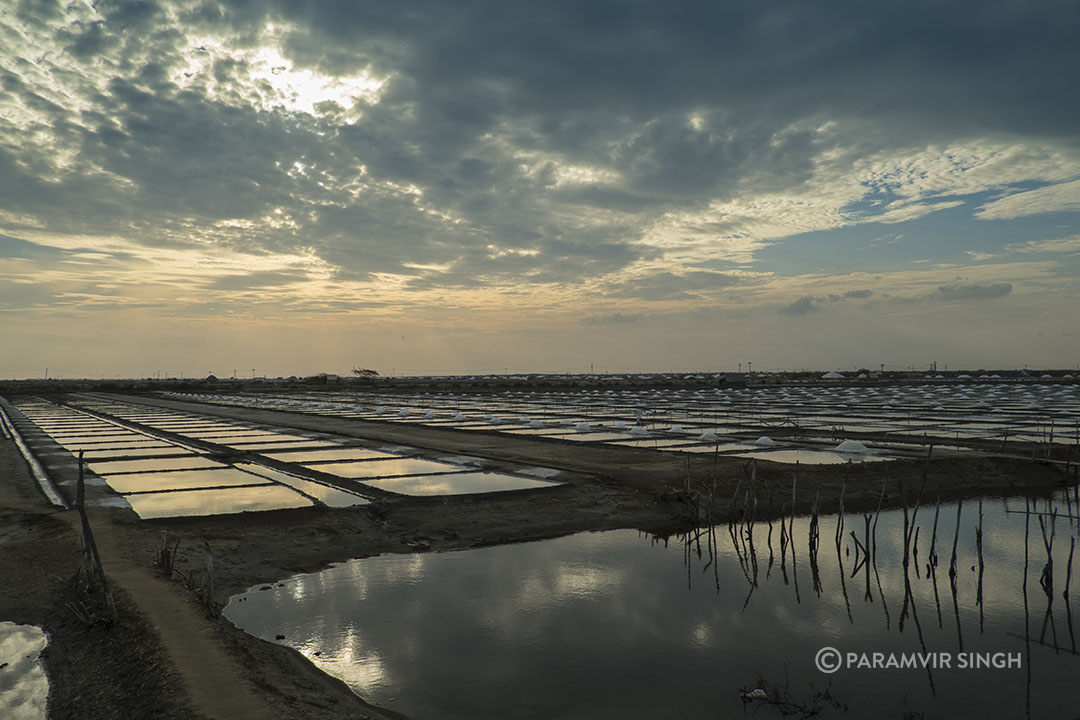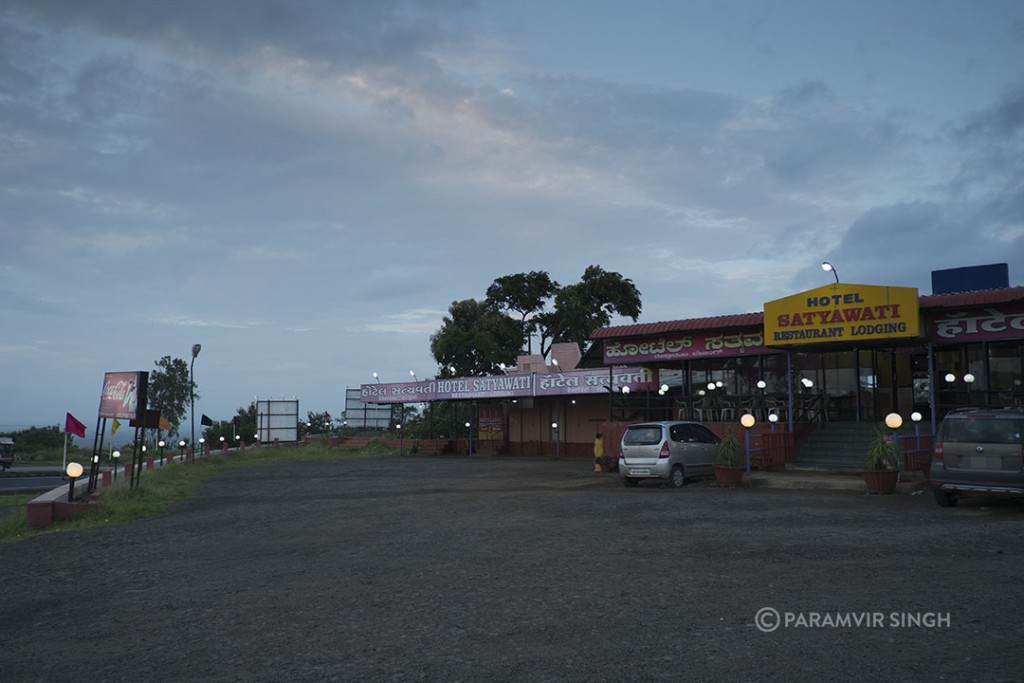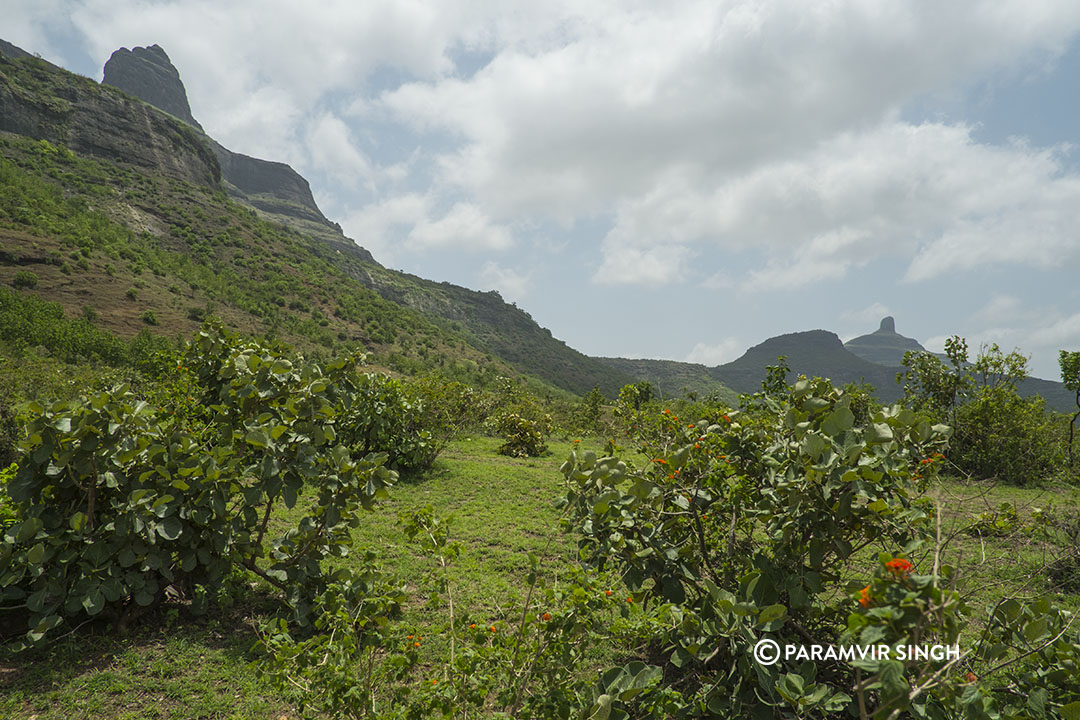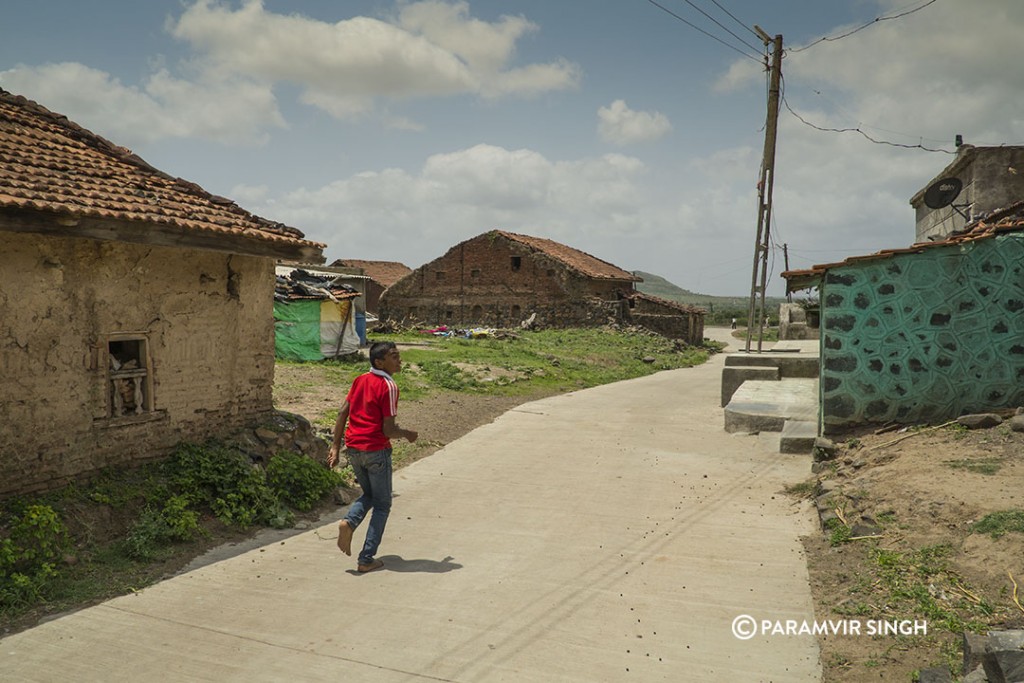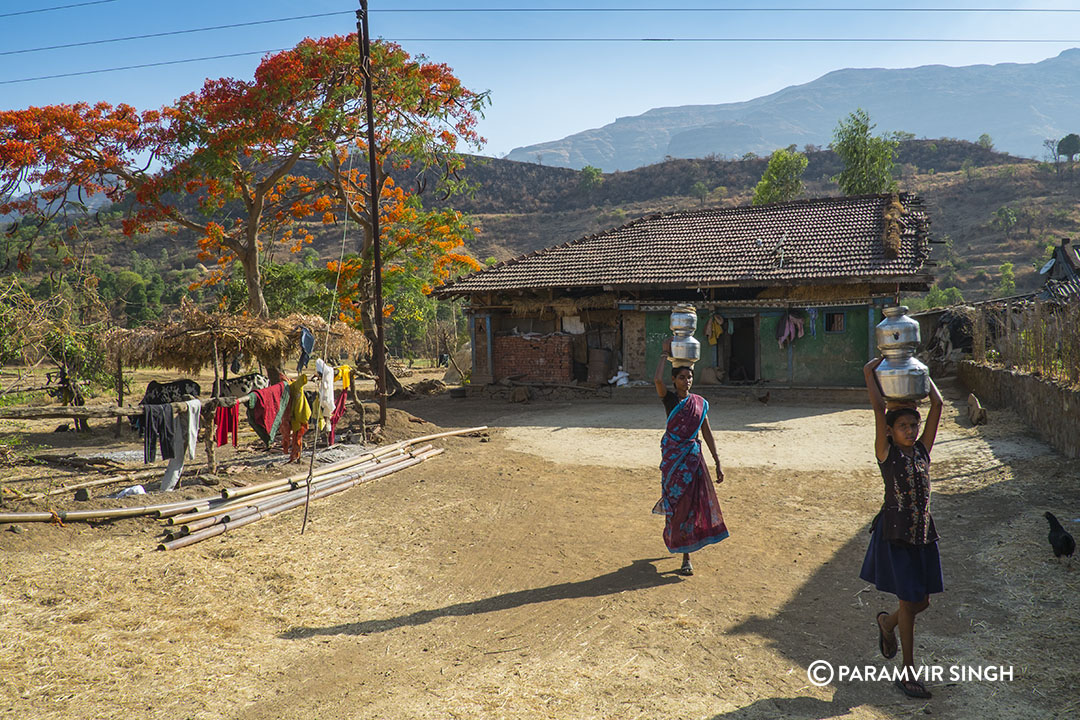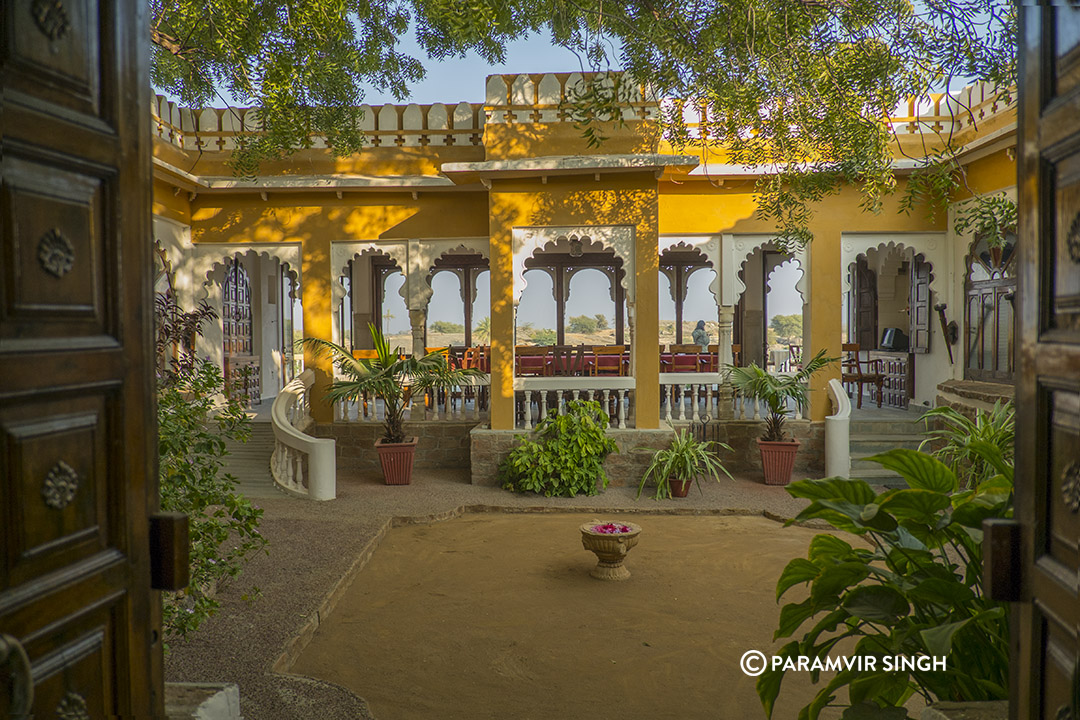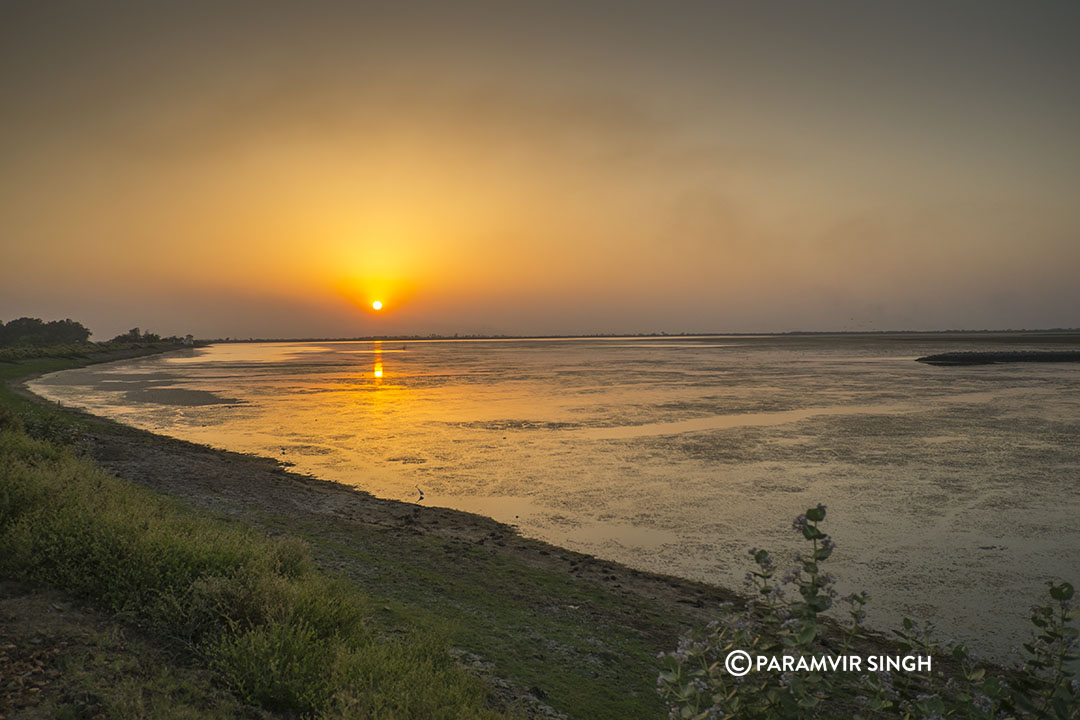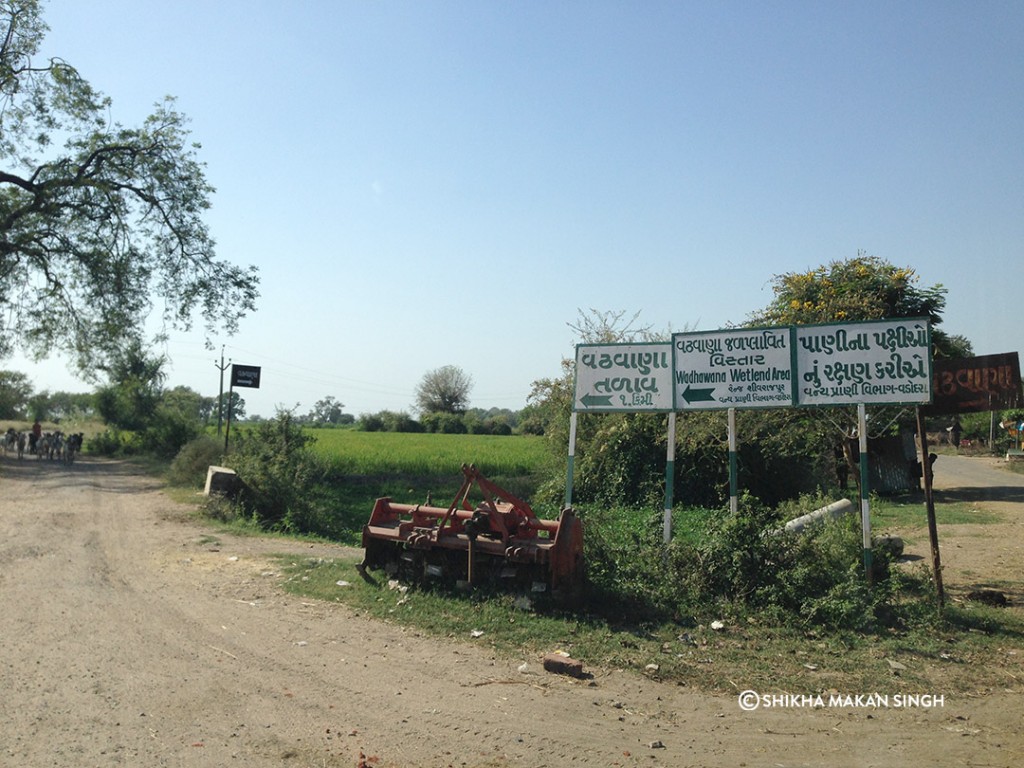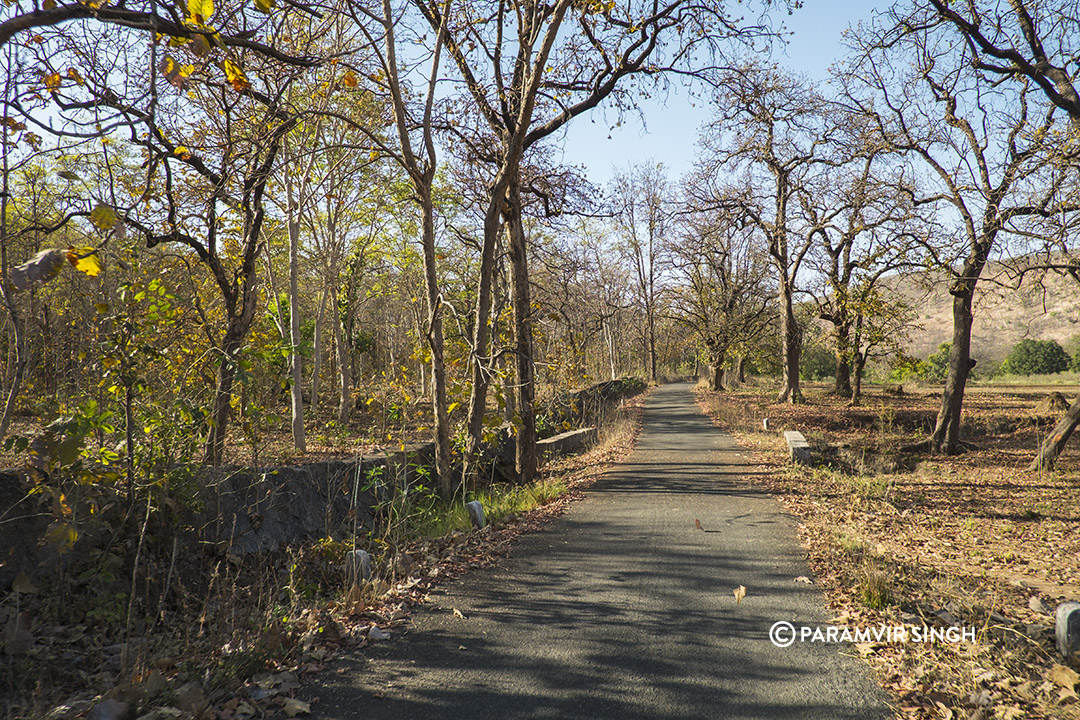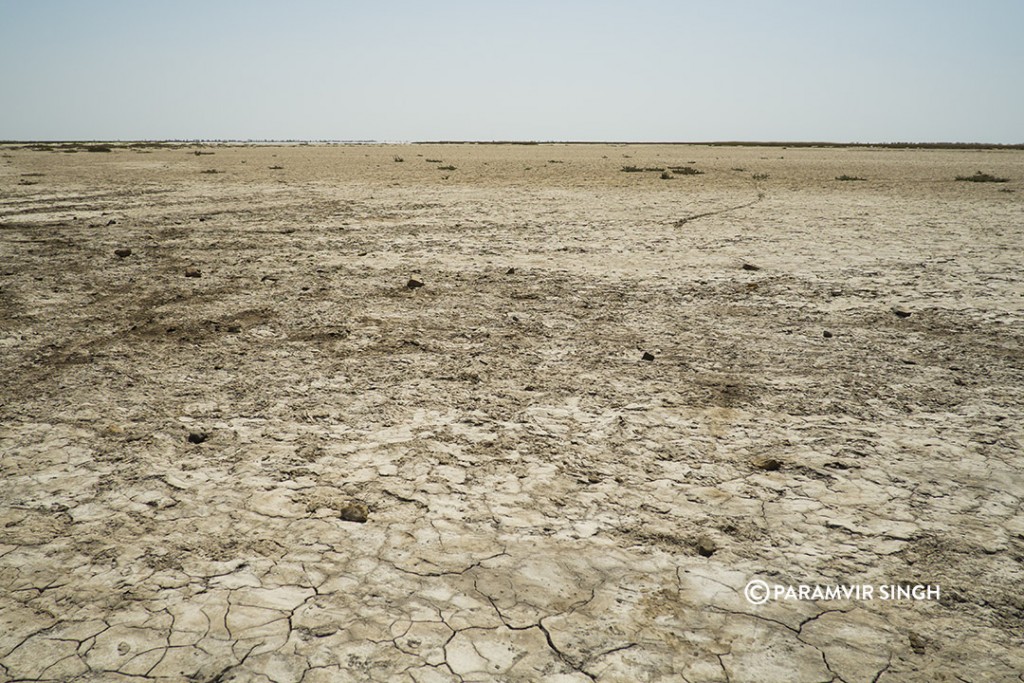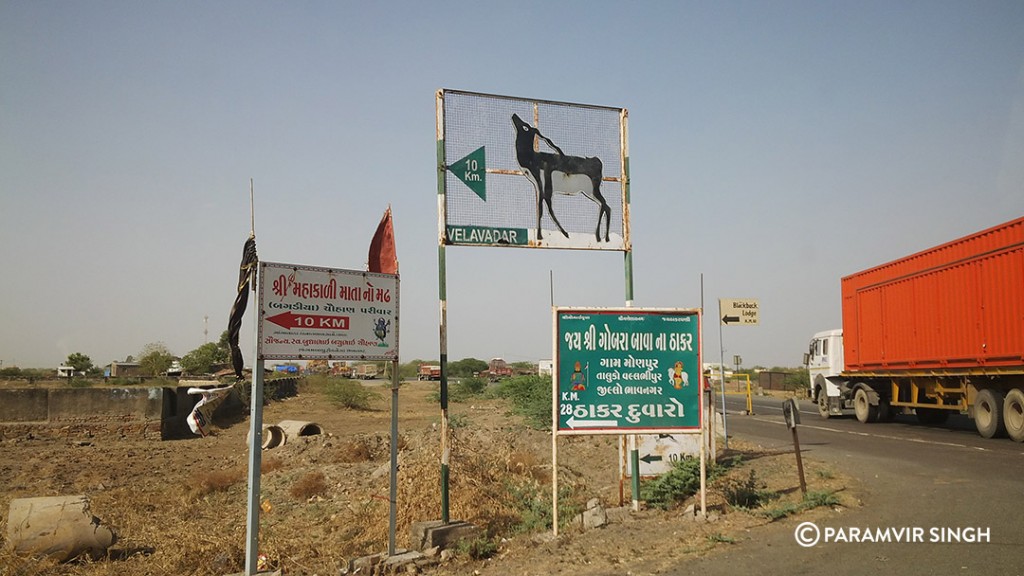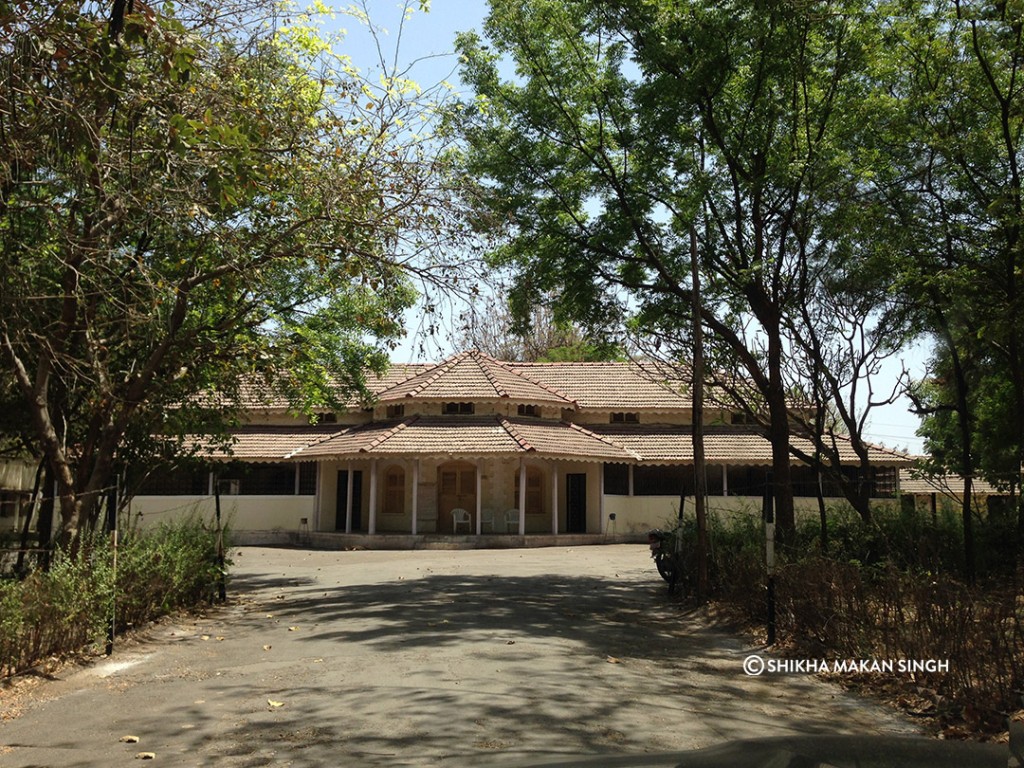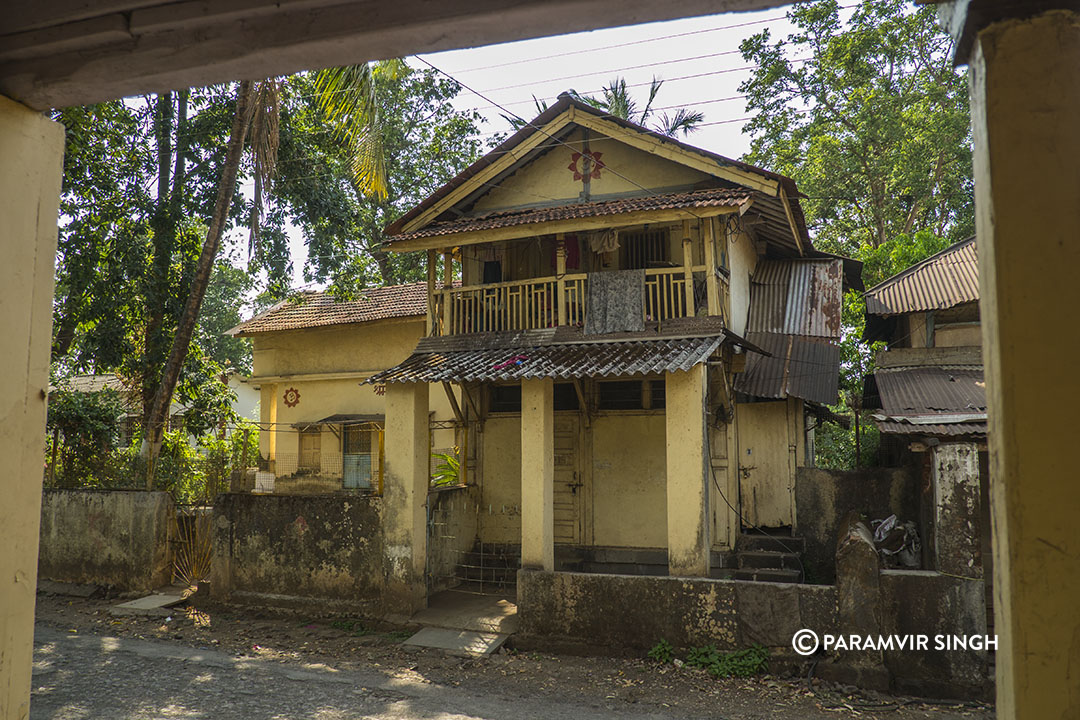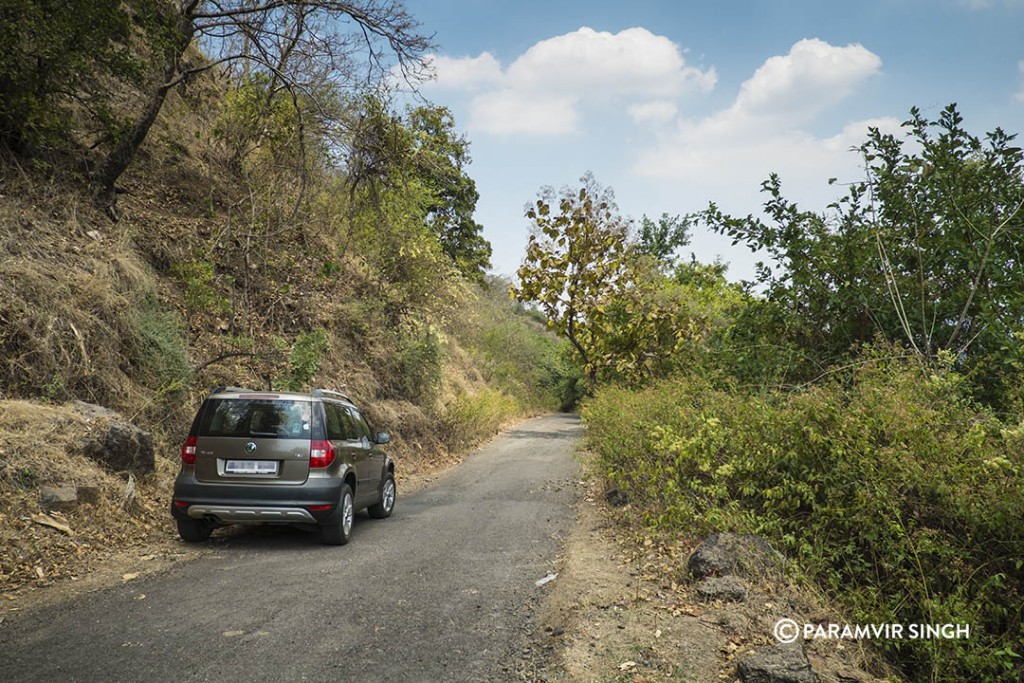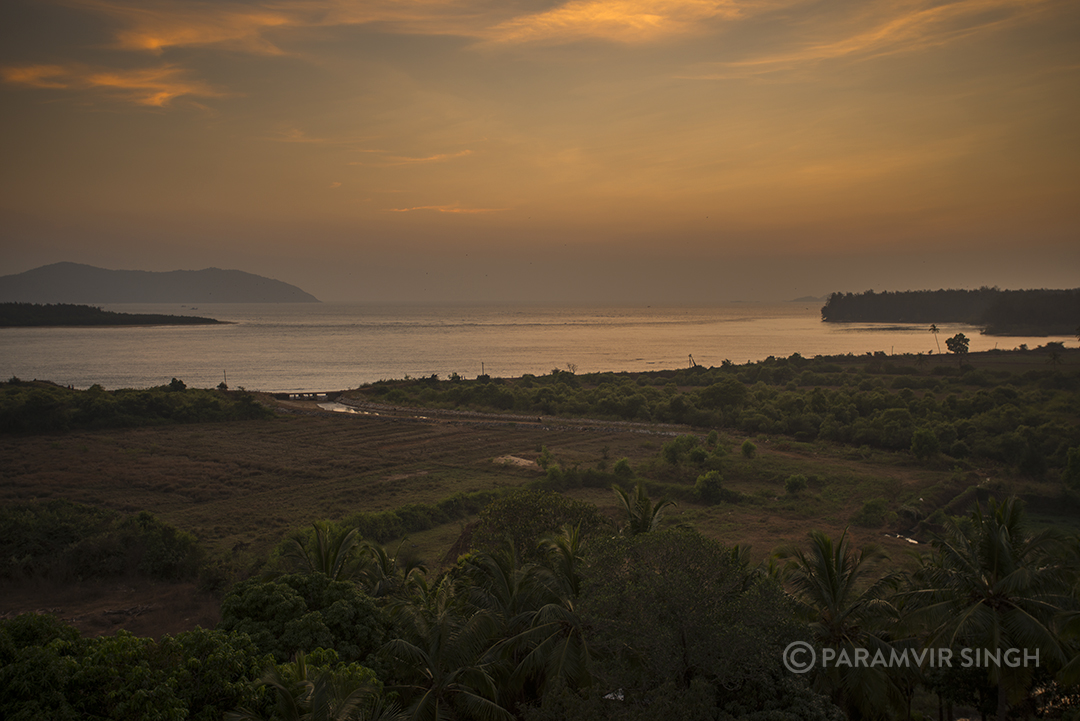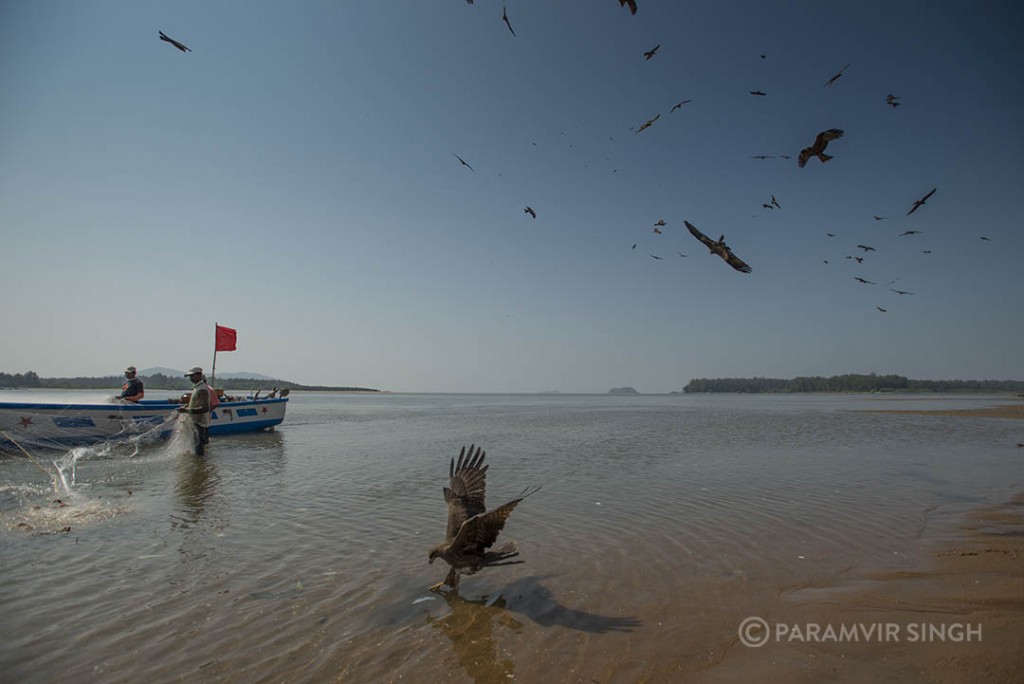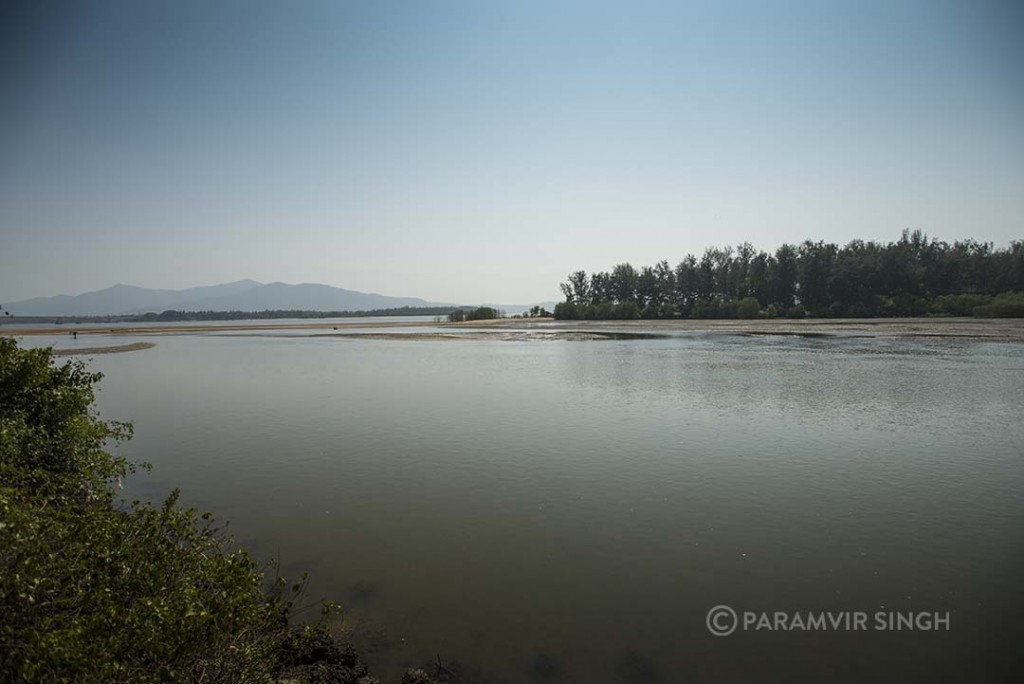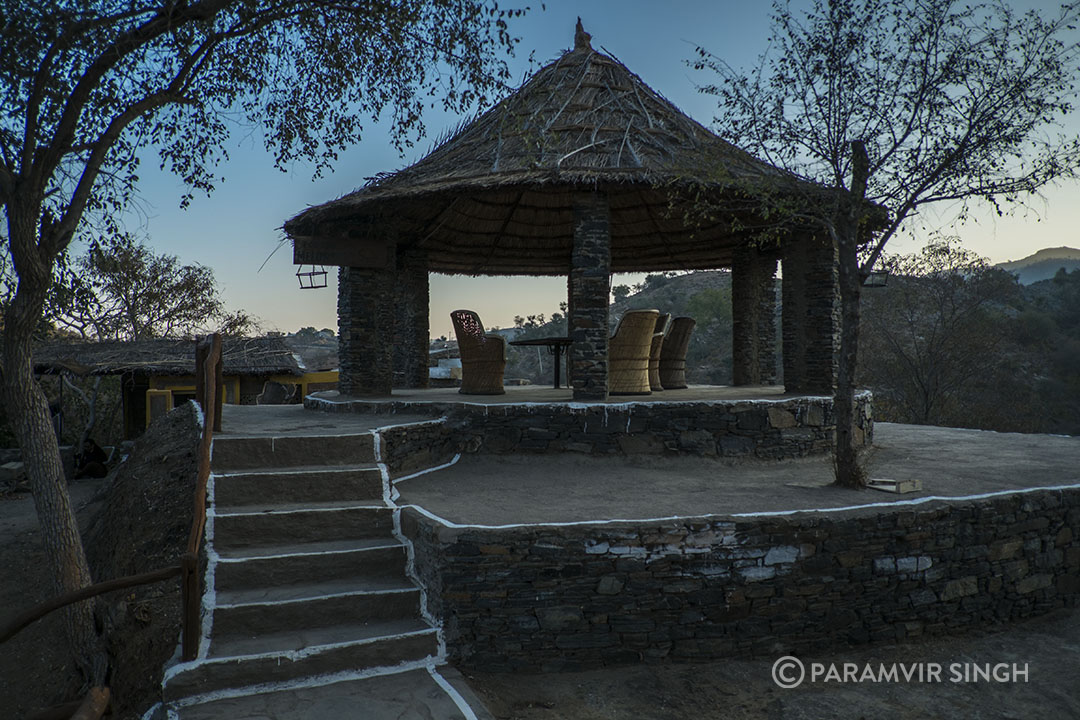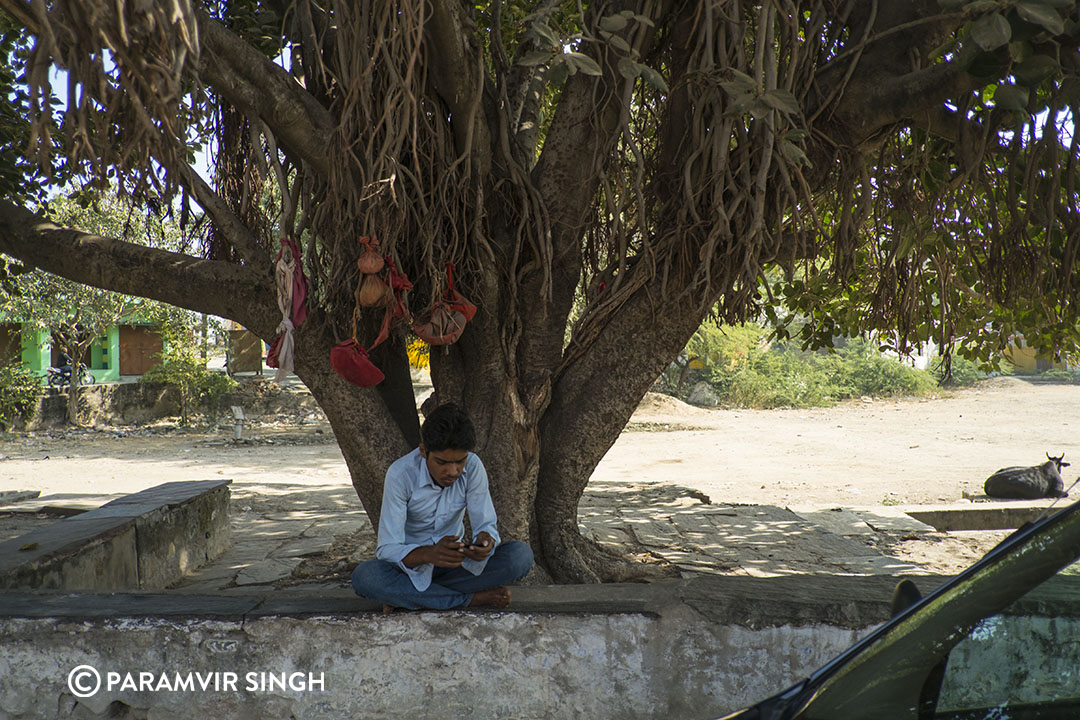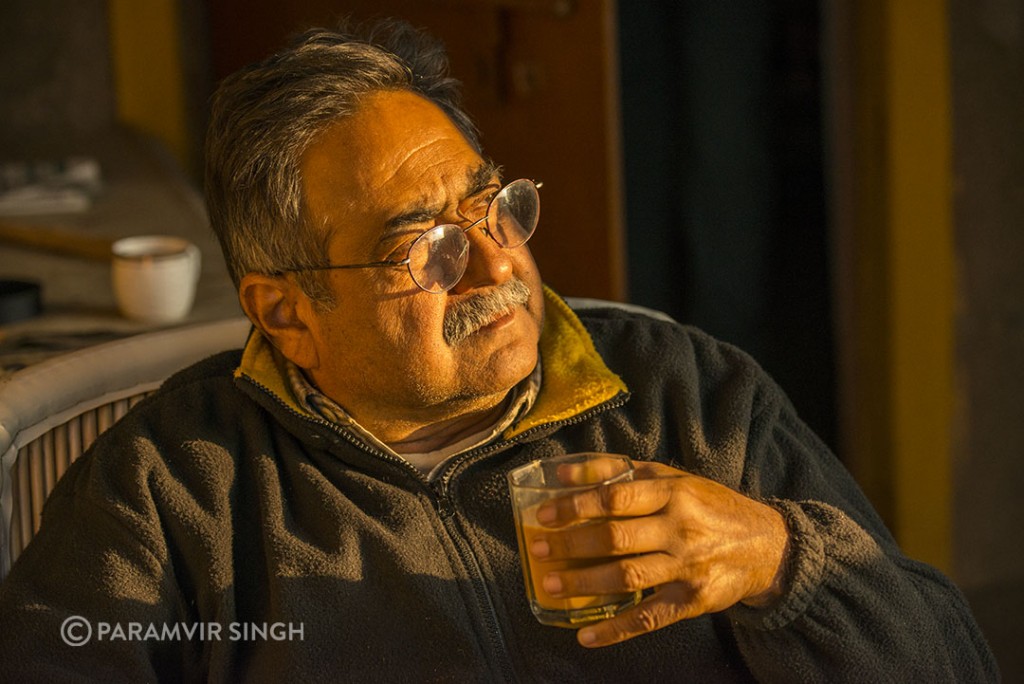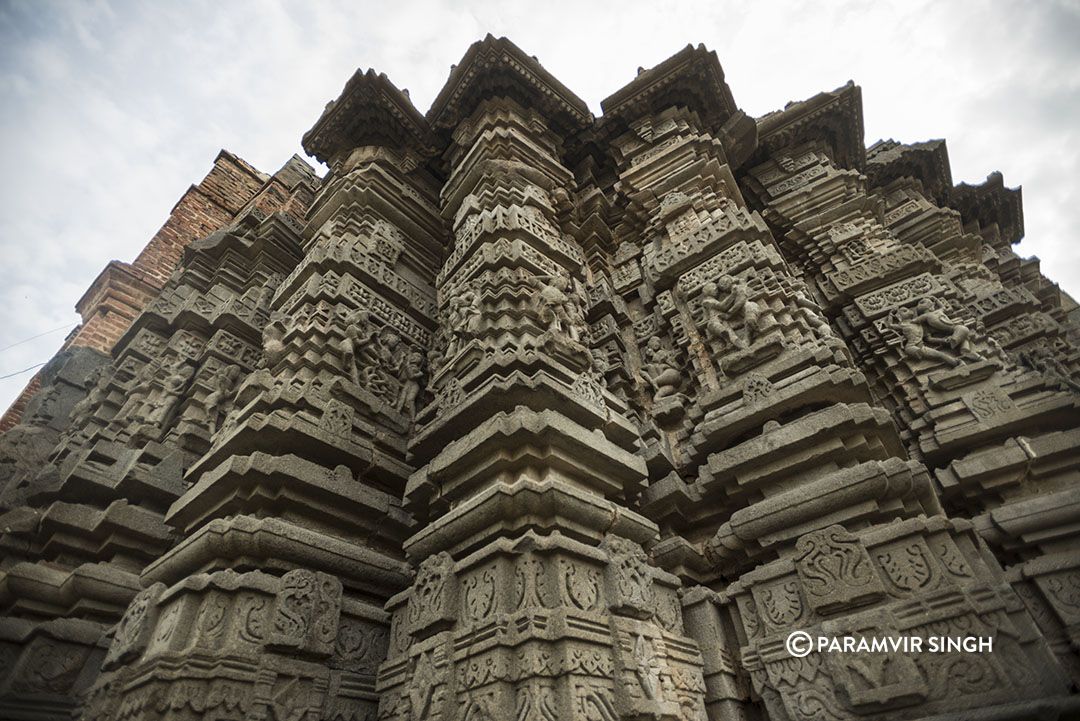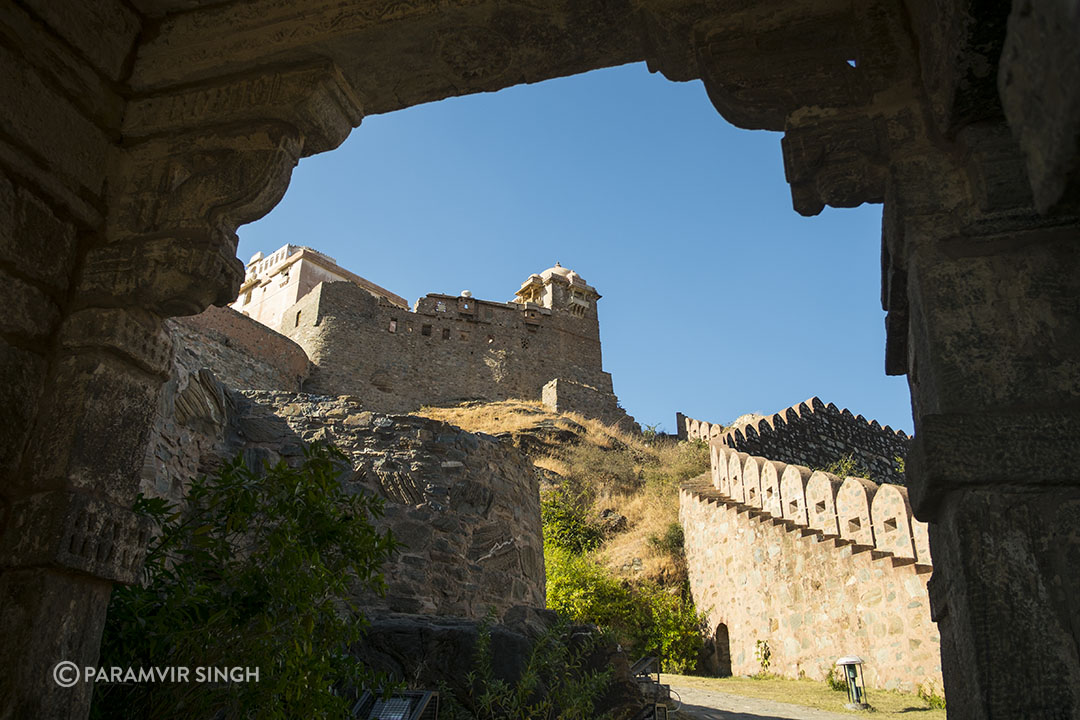I am always all too eager to hop into a car and drive off to beautiful destinations, rather than take a flight. And when this meeting came up in Puducherry, we thought for maybe 5 minutes, and decided to drive. And we didn’t regret for even one kilometer. Almost. That’s how began our Mumbai to Pondicherry road trip.
We planned the route from Mumbai via Hubballi, Bengaluru, Krishnagiri and then Puducherry. The road passes through some diversions till Kolhapur, but then becomes a beautiful highway, passing through miles and miles of farms. We got our first taste of authentic south Indian snacks at the border of Maharashtra and Karnataka, at Hotel Satyawati.
We picked Hubbali (before Bengaluru) for a stopover. Hotel Shoven, found on TripAdvisor, was a clean and affordable place for the night. We recommend. We do not recommend making a pre-booking at The Gateway Hotel, Hubballi, as you apparently cannot cancel 2 days before the booking. Weird. We lost some money there. Still fighting for it.

